Pro bike: Jesse Anthony's Jamis Supernova
Light and agile machine for rising American cyclo-cross star
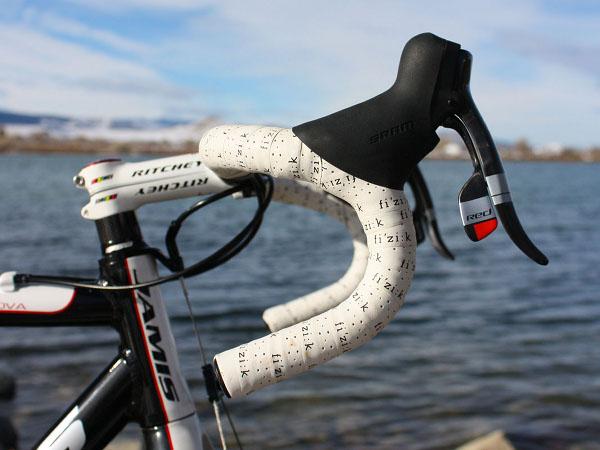
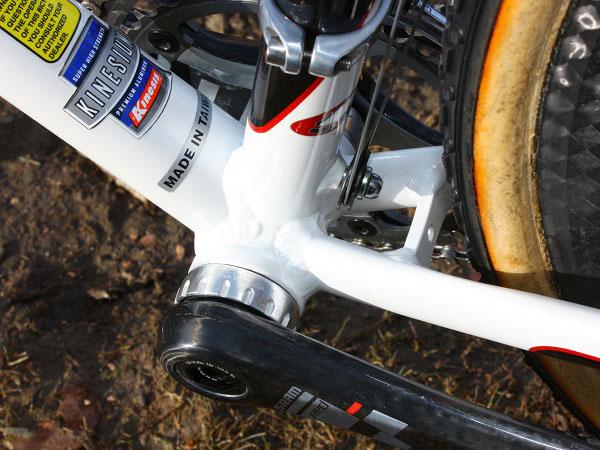
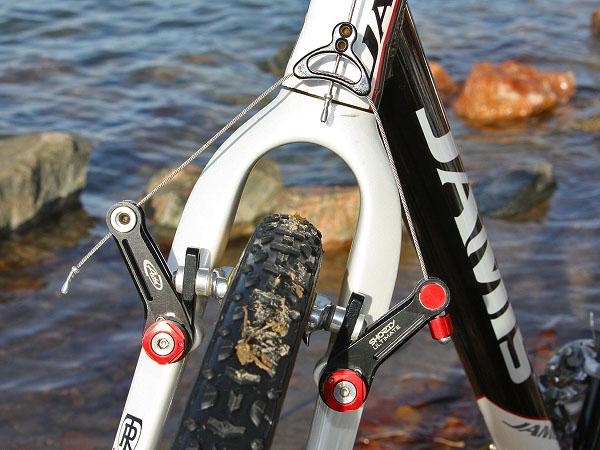
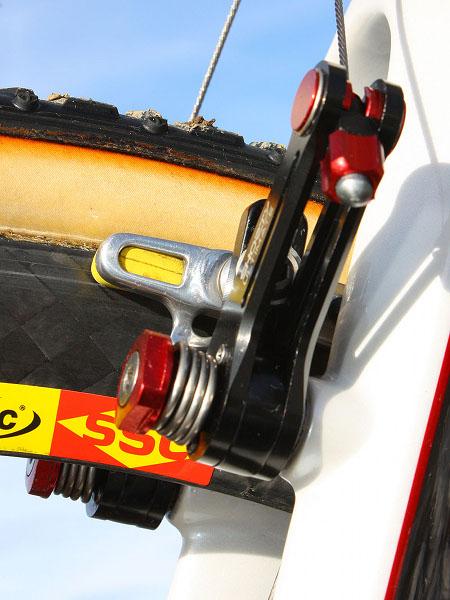
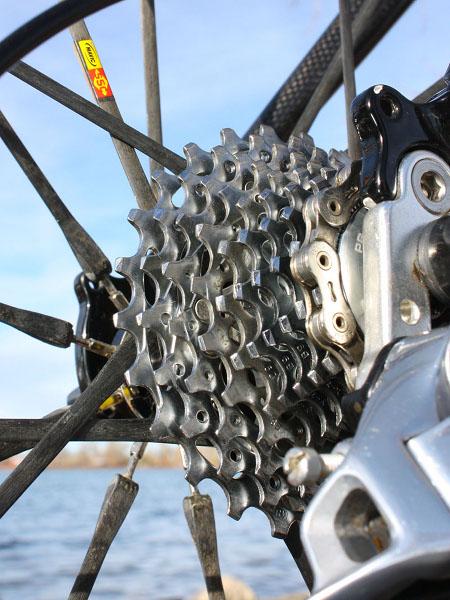
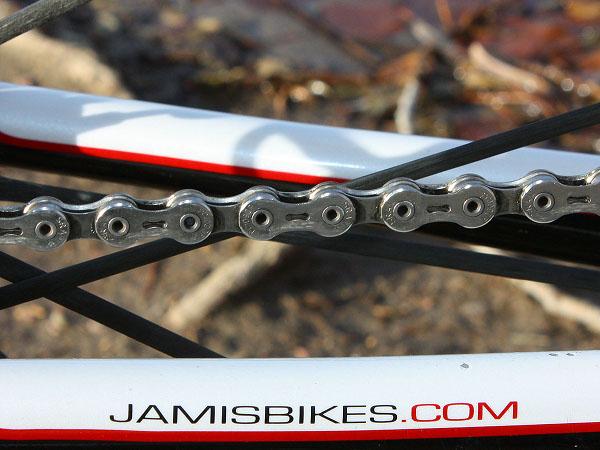
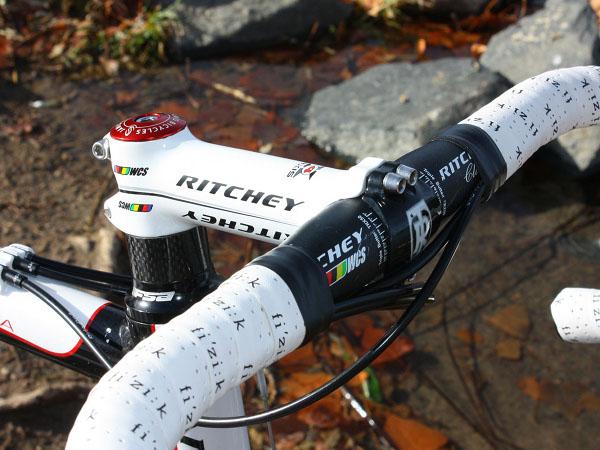
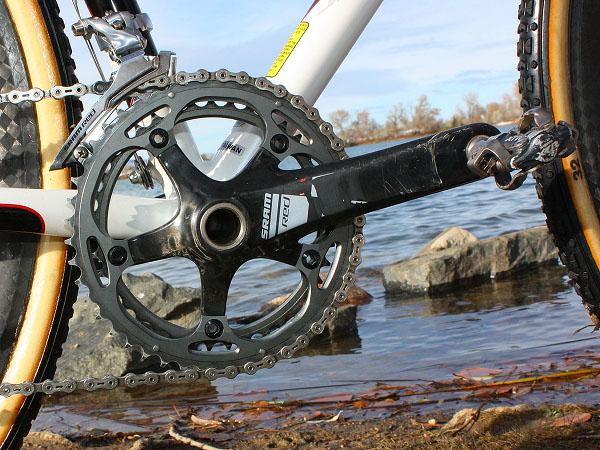
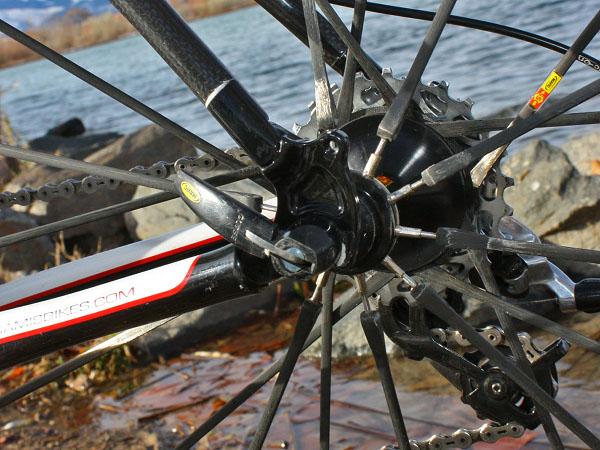
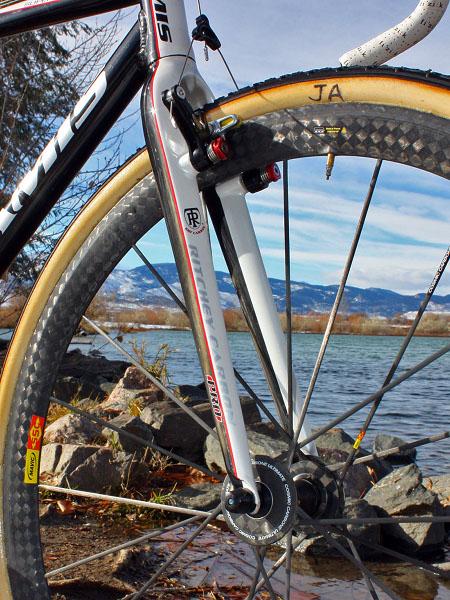
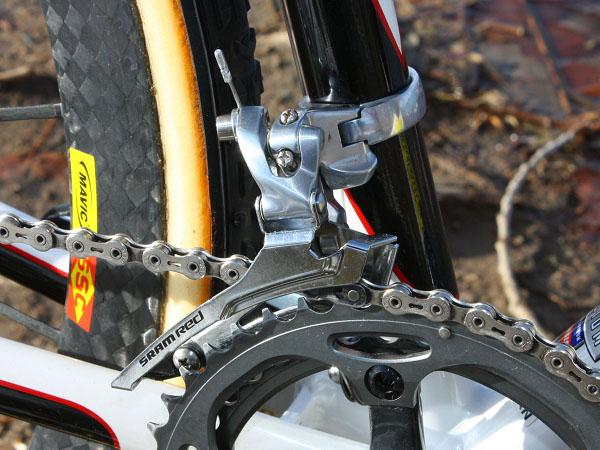
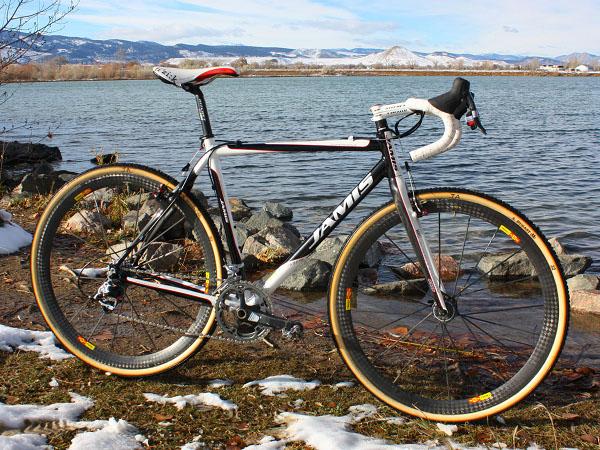
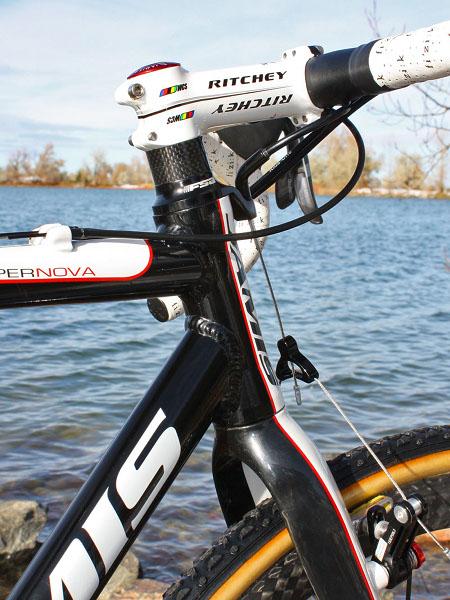
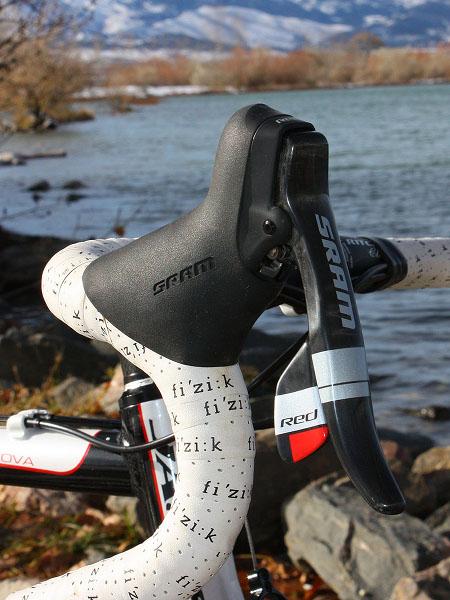
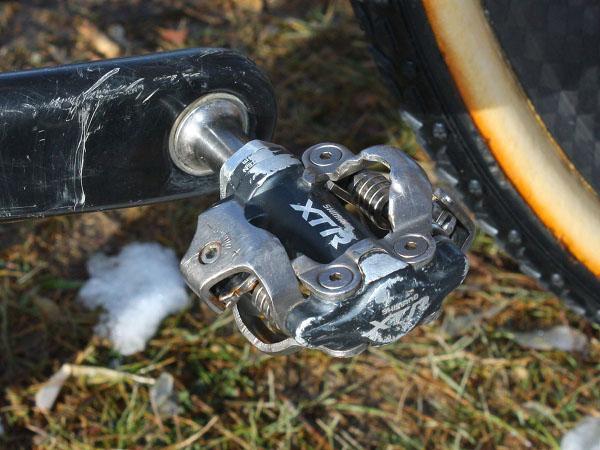
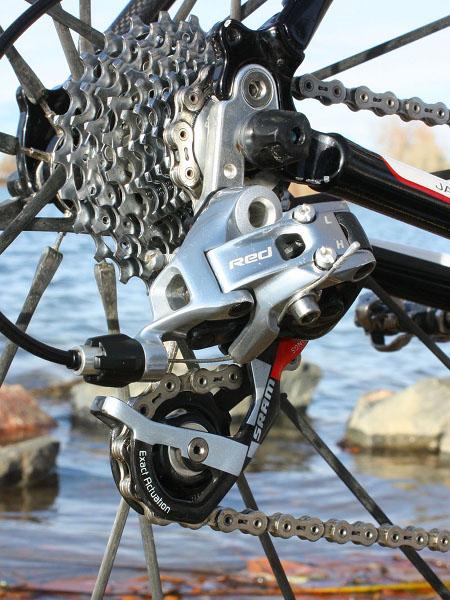
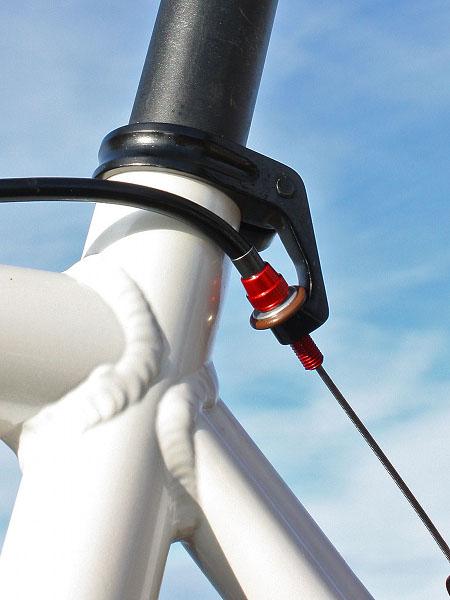
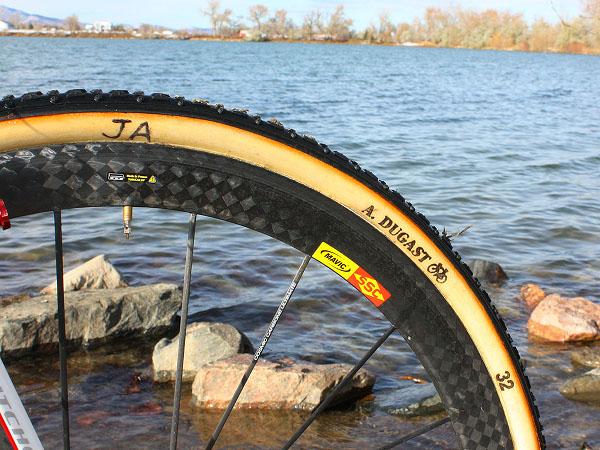
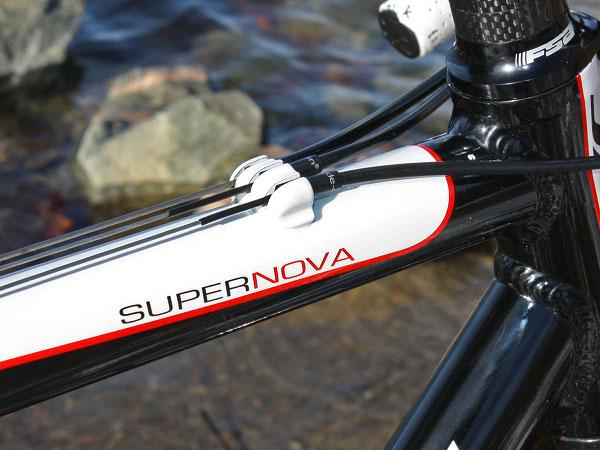
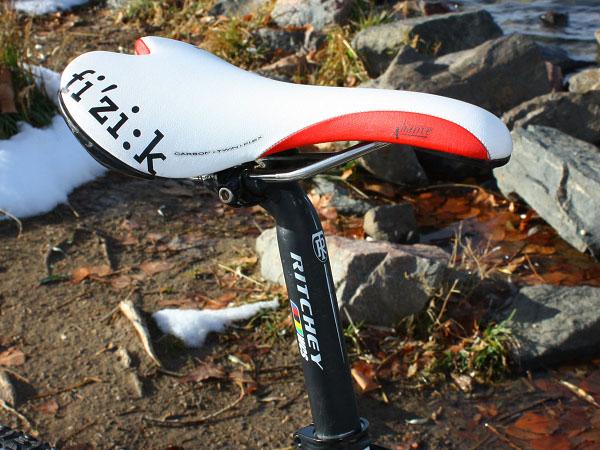
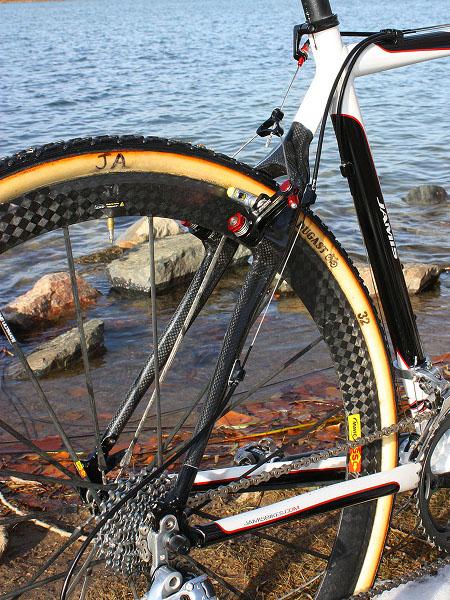
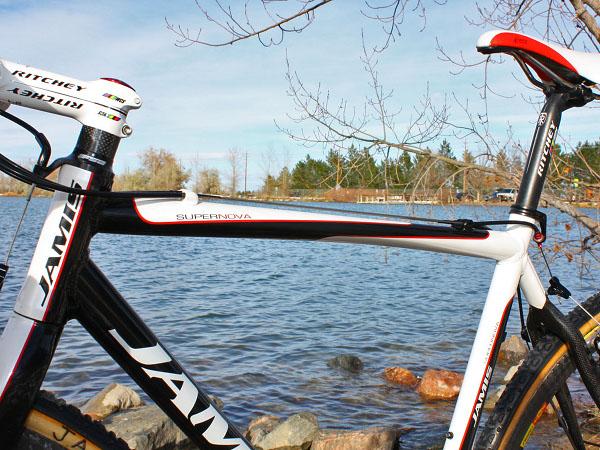
Jesse Anthony (Jamis) is living the 'cross racer's dream. At just 24 years of age, he's already a seven-time US national champion, he gets to travel the country (and occasionally the world) on someone else's dime, and a healthy list of sponsors puts him on a lightweight aluminum and carbon fibre frame drenched in a blanket of premium components.
Anthony's no-frills Jamis Supernova is built with a triple butted Kinesis Kinesium main triangle, double butted aluminum chain stays, and carbon fibre seat stays for a little extra punch. The minimal shaping includes just a flattened top tube for easier shouldering and a teardrop-to-ovalised down tube for extra front triangle solidity, two-piece alloy dropouts and a straight 1 1/8" integrated head tube punctuate the ends, and a standard threaded bottom bracket shell is used down below.
"The dimensions are pretty standard and it handles really well," said Anthony. "The chain stays aren't super long, which helps in the corners – not super fast, not too unstable. It's a good balance. It is really light so that makes a difference when you're throwing it around."
Claimed frame weight is right around 1.5kg (3.3lb) – not superlight compared to some fancier carbon rigs but well in keeping with other top aluminum competitors, plus Anthony doesn't worry about it as much if he crashes or when packing it up for traveling. A top-shelf build kit, however, brings the total weight down to an impressive 7.54kg (16.42lb).
Aside from the frameset itself, little else is carried over from a stock Supernova. The drivetrain and transmission are upgraded to SRAM Red (with the exception of a Red-Force hybrid front derailleur and PG-1070 cassette), wheels and tyres consist of ultra-premium Mavic Cosmic Carbone Ultimate carbon tubulars and handmade Dugast rubber, the Ritchey cockpit bumps up from the Pro to the WCS level, and Anthony subs in his preferred fi'zi:k Aliante Carbon Twin Flex – "the best saddle money can buy".
Anthony is also among the selected few to test out Avid's new Shorty Ultimate cantilever brakes, which are still in development but look to be one of the top options for next 'cross season. At the moment, the stout CNC-machined aluminum arms are made in both low- and wide-profile configurations depending on the conditions, road-format cartridge holders yield more options for pad compounds, there's a wide range of adjustability for the return springs, and barrel adjusters are integrated into the arms.
"I run the brakes in the narrow position to get more stopping power," said Anthony. "But in Europe I like riding them in the wide to clear the big, clumpy mud."
The latest race content, interviews, features, reviews and expert buying guides, direct to your inbox!
Anthony's brakes were set in the narrow position for his trip to Boulder, Colorado during the recent UCI races there but said if anything, the brakes are almost too powerful in their current configuration – straddle carriers are set extra high as a result to help detune the clamping force a bit. Lever feel is impressively light, though, and brake post flex is nearly non-existent.
Like most top 'cross racers, Anthony acknowledges that proper tyre tread and pressure selection can make or break the day. However, even though he has three patterns at his disposal, he generally only chooses between two ("It's too hard to bring that much equipment around," he says) and has no hard and fast rules when it comes to choosing one based on the day's conditions.
"Sometimes a course will be a toss-up between tyres and I'll just do a lap on each set and choose whichever one I feel better on. In Toronto it was perfectly dry grass but I rode the mud tyres because they were just really hooking up in the corners."
Come race day, Anthony says he'll check out the course "as soon before the race as I can and I just usually ride a couple of laps. I'll start riding them at about 30psi and go out and do a lap and adjust pressure as I go by feel. After a couple of laps and I find the right pressure I'll go back and check it with a gauge and then set all of my spare tyres the same."
Anthony admits that there is "nothing crazy" about his 'cross bike position but it's worth noting nonetheless that it's virtually identical to the aggressive stance he adopts on pavement – a good thing considering he spends a fair bit of time competing on the road in the summer, too, and also just moved over from Team Type 1 to Kelly Benefit Strategies for 2010.
"I ride pretty much the same saddle position and saddle height as my road bike: the bars are the same distance [from the saddle], same length top tube, the same length stem. The bars are a little higher but that's the only difference."
Critical measurements:
Rider's height: 1.78m (5' 10")
Rider's weight: 68.5kg (151lb)
Saddle height, from BB (c-t): 747mm
Saddle setback: 70mm
Seat tube length, c-t: 540mm
Seat tube length, c-c: 498mm
Tip of saddle nose to C of bars (next to stem): 535mm
Handlebar drop: 70mm
Head tube length: 130mm
Top tube length: 545mm
Total bicycle weight: 7.54kg (16.42lb)
Bike specifications:
Frame: Jamis Supernova, 54cm
Fork: Ritchey Carbon Pro
Headset: FSA Orbit IS CX
Stem: Ritchey WCS 4-Axis, 11cm x -6º
Handlebars: Ritchey WCS Classic Road, 42cm (c-c)
Tape/grips: fi'zi:k bar:tape
Front brake: Avid Shorty Ultimate prototype w/ SwissStop Yellow King pads
Rear brake: Avid Shorty Ultimate prototype w/ SwissStop Yellow King pads
Brake levers: SRAM Red DoubleTap
Front derailleur: SRAM Red w/ Force cage
Rear derailleur: SRAM Red
Shift levers: SRAM Red DoubleTap
Cassette: SRAM PG-1070, 12-25T
Chain: SRAM PC-1090R
Crankset: SRAM Red, 172.5mm, 39/46T
Bottom bracket: SRAM Red GXP
Pedals: Shimano XTR PD-M970
Wheelset: Mavic Cosmic Carbone Ultimate
Front tyre: Dugast Typhoon tubular, 32mm
Rear tyre: Dugast Typhoon tubular, 32mm
Saddle: fi'zi:k Aliante Carbon Twin Flex
Seatpost:Ritchey WCS Alloy 1-Bolt
Other accessories: Gore Low Friction cables
